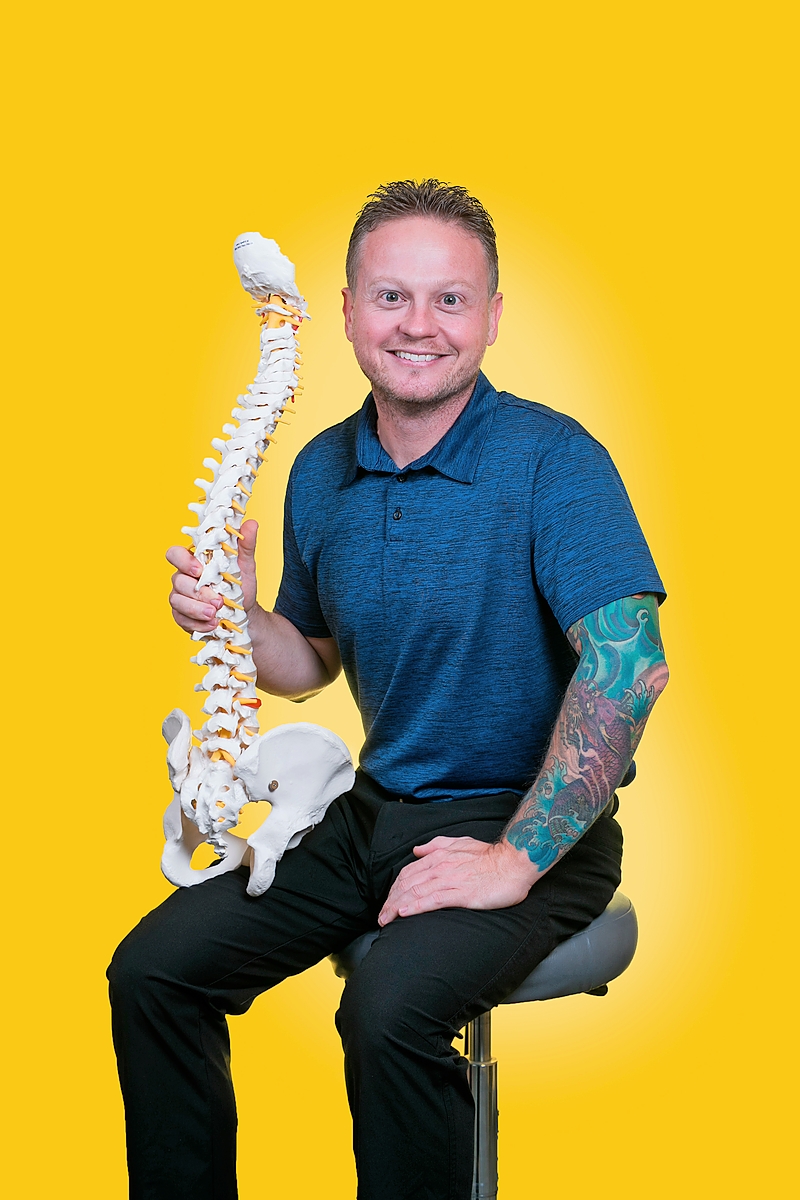The Full Picture
By Mark Loehrke
Appears in the November 2018 issue.

Although it’s based on an approach to chiropractic medicine developed by a Wisconsin-based doctor all the way back in 1923, the Gonstead technique is not terribly well known among the general public, nor is it widely practiced throughout the medical field.
But as one of only about 1,500 Gonstead-trained chiropractors in the United States, Dr. Rick Brescia believes deeply in this system, which uses visual examination, motion and static palpation, instrumentation, and full-spine x-rays to determine the precise adjustments needed for his patients at Korwitts Chiropractic Center in Downers Grove.
“I was drawn to Gonstead by a friend who was studying it before I even decided to become a chiropractor,” Brescia says. “I was amazed by the x-rays and the detail that they took to analyze them, and the adjustment was unlike anything I had ever experienced before. Gonstead looks at the entire spine and nervous system and how they function, instead of just looking at things in parts.”
Some of the characteristics that make the Gonstead technique so different:
- X-rays are taken of the entire spine to see any shifting in the bones of the spine and pelvis, and to measure those shifts down to the millimeter—to see how they affect the entire spine.
- Every visit includes a temperature scan of the spine and nervous system to evaluate the function of the nervous system.
- Once a course of treatment is determined, the Gonstead adjustment is done in different positions than a typical chiropractic visit. When adjusting the neck, for instance, the patient is seated instead of lying down, which keeps him or her in a neutral weight-bearing position to better work with the biomechanics of the spine.


